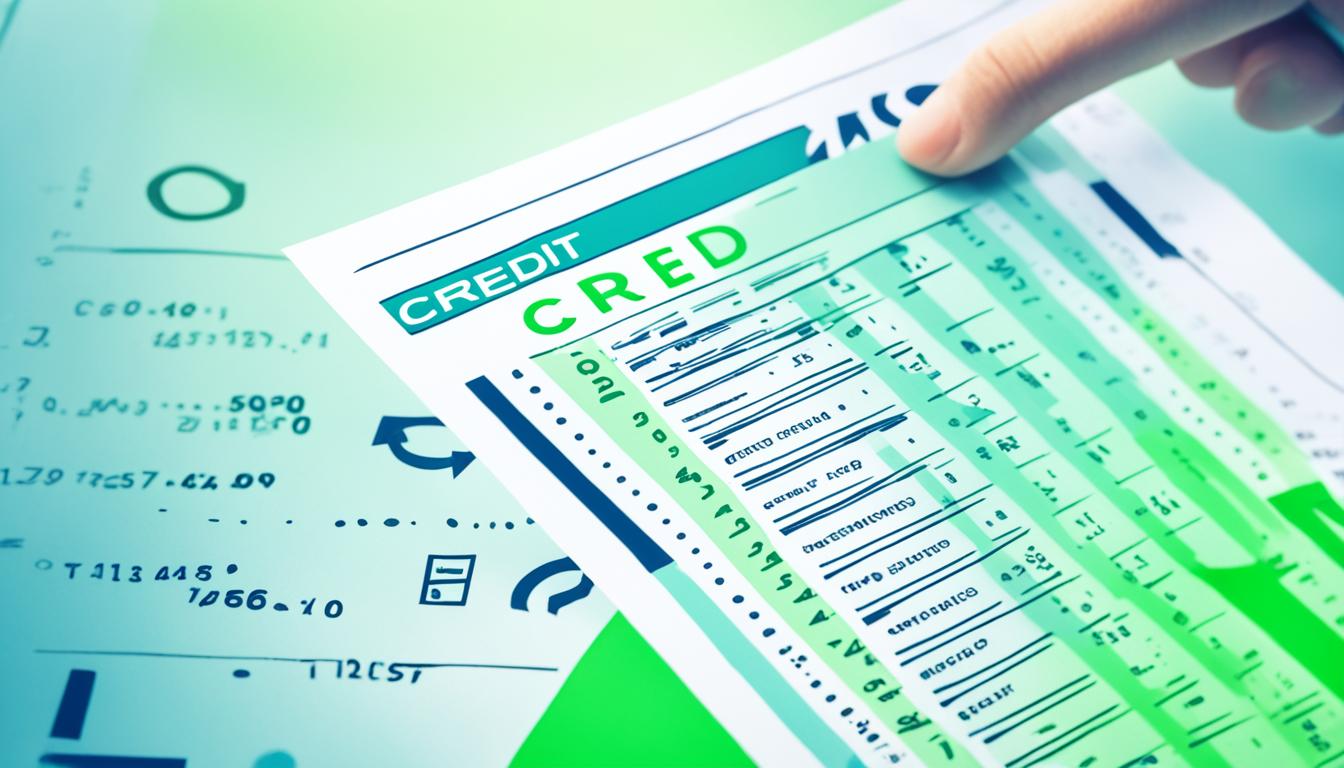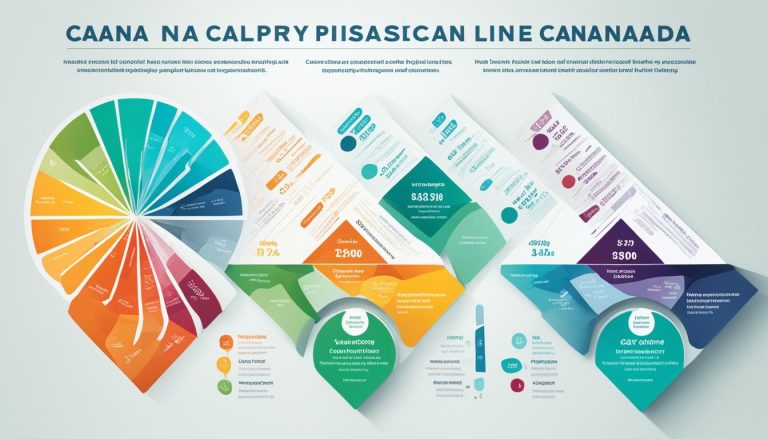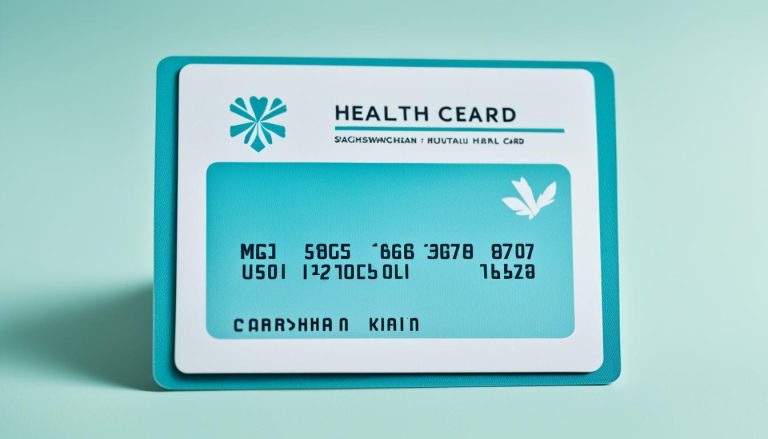Are you familiar with credit memos in Canada? If not, it’s time to learn about this important financial tool that can benefit both businesses and consumers alike. In this blog post, we will explore what exactly a credit memo is, how it works, and why it’s essential to understand its role in the Canadian economy. Stay tuned to learn everything you need to know about this essential financial tool!
Understanding Credit Memos
A credit memo is a commercial document issued by a seller to a buyer. It essentially decreases the amount that a buyer owes to a seller in cases of returned products, sales allowances, or instances when the buyer is owed a reimbursement. The credit memo definition encompasses this essential function of recording a credit owed to the customer for goods/services rendered or for billing adjustments.
Purpose of Credit Memos
The purpose of credit memos is to provide a formal record of the credit owed to the customer, allowing for accurate accounting and future use of the credit. This can be particularly useful when a customer needs to make a subsequent purchase and can apply the credit memo to offset the cost.
Difference Between Credit Memo and Refund
The key difference between a credit memo and a refund lies in the way the credit can be used. A credit memo provides store credit that can only be used at the same merchant, while a refund is a direct return of funds that can be used anywhere. This distinction is important for customers to understand when dealing with various financial transactions.

| Feature | Credit Memo | Refund |
|---|---|---|
| Usage | Can only be used at the same merchant | Can be used anywhere |
| Purpose | Records a credit owed to the customer | Directly returns funds to the customer |
| Accounting Treatment | Reduces the amount the buyer owes the seller | Increases the buyer’s available funds |
What is Credit Memo?
Credit memos are a versatile financial instrument used in various contexts across Canada. These documents can be issued for a variety of reasons, such as product returns and exchanges, billing errors, or overpayments. Understanding the different types of credit memos and the information they typically include is essential for effectively managing one’s finances, whether as an individual or a business owner.
Types of Credit Memos
Credit memos can be categorized based on the specific circumstances that prompt their issuance. Some common types of credit memos include:
- Return and exchange credit memos: Issued when a customer returns or exchanges a product, providing them with store credit for future purchases.
- Billing error credit memos: Used to rectify instances where a customer has been overcharged or billed incorrectly.
- Overpayment credit memos: Provided to customers who have made payments in excess of the amount owed, allowing them to apply the credit towards future transactions.
Information Included on a Credit Memo
Credit memos typically include a wealth of information to help merchants and customers alike. This may include details such as:
- Payment terms
- Shipping address
- Customer bank account number
- Billing method
- Item description
- Total price
- Number of items purchased
- Purchase date
- Purchase order number
This comprehensive credit memo information allows merchants to effectively manage their inventory and enables customers to understand the specifics of the credit they have received.
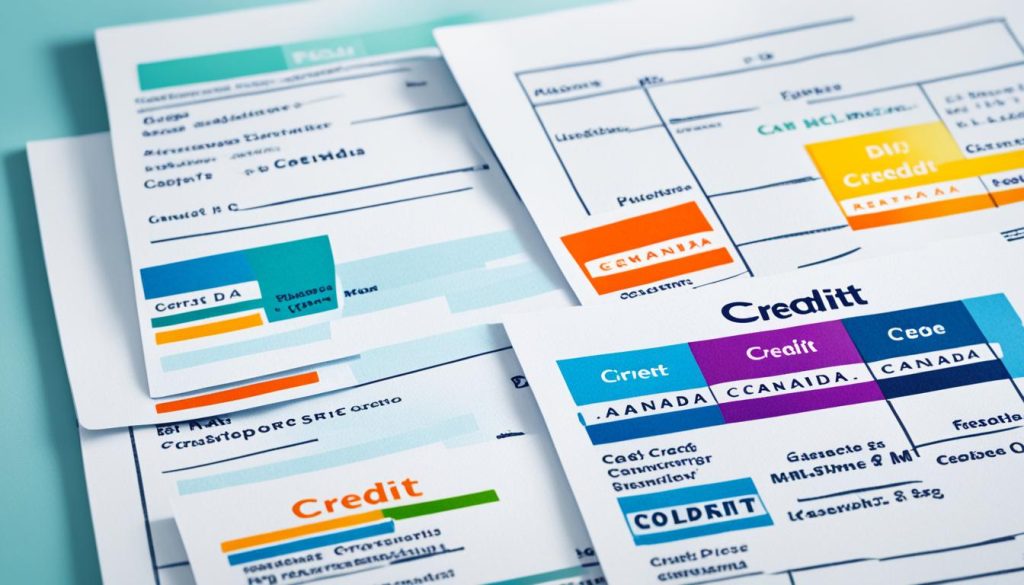
Receiving Credit Memos from Banks
Canadian customers can receive credit memos from banks in various forms, each serving a distinct purpose. These credit memos provide valuable information and financial adjustments that can impact an individual’s or a business’s overall banking experience.
Bank Credit Memos
Bank credit memos are documents that notify depositors about increases in their account balances. These memos may be issued for transactions such as refunds of previous bank charges or other adjustments made to the customer’s account. Bank credit memos help customers reconcile their accounts and understand the changes in their available funds.
Promotional Balance Credit Memos
Banks may also issue promotional balance credit memos to customers. These memos are used to inform customers about bonus or promotional balance increases, such as when a bank offers an incentive for opening a new account or maintaining a specific minimum balance.
Unused Balance Credit Memos
In some cases, businesses may receive unused balance credit memos from banks. These memos are issued when a customer has an outstanding credit that the bank decides to return, often due to the account being inactive or the credit remaining unclaimed for an extended period.
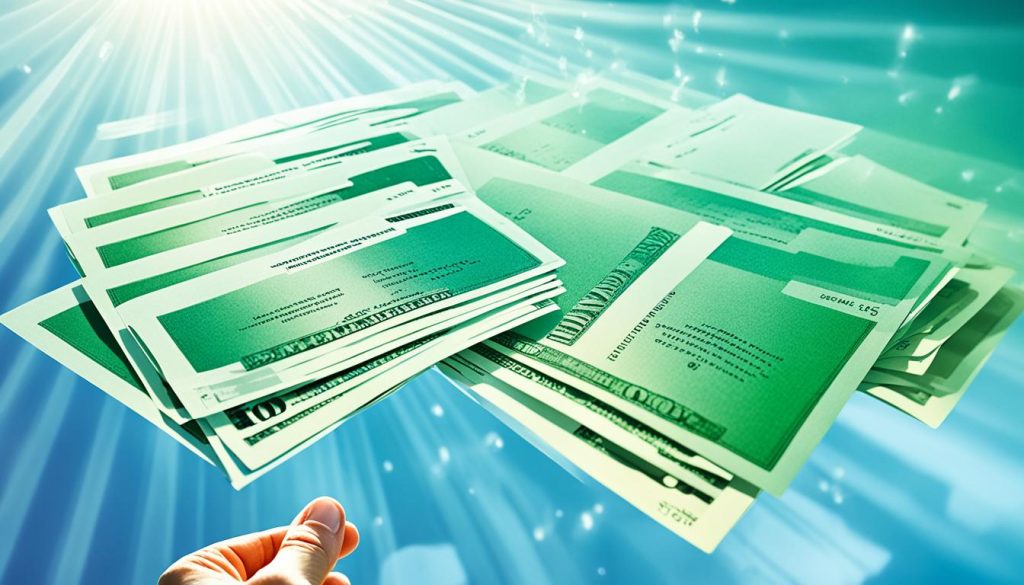
Credit Memos from Merchants
Customers can also receive credit memos from merchants, often in cases of product returns and exchanges, billing errors, or overpayments. These credit memos play a crucial role in managing financial transactions between buyers and sellers in Canada.
Returns and Exchanges
When a customer returns a product, the merchant will issue a credit memo instead of a direct refund, providing the customer with store credit that can be used for future purchases. This allows the merchant to maintain a positive relationship with the customer while also managing their inventory effectively.
Billing Errors
Credit memos are also used to rectify billing mistakes, such as when a customer is overcharged. By issuing a credit memo, the merchant can correct the error and ensure the customer is not overpaying for the goods or services they received.
Overpayments
In addition to returns and billing errors, credit memos can be used to account for overpayments made by the customer. This helps the merchant maintain accurate financial records and provides the customer with a credit they can use towards their next purchase.

Credit Memos from the CRA
The Canada Revenue Agency (CRA) can also issue credit memos to Canadian taxpayers in certain situations. These credit memos play a crucial role in managing one’s financial obligations and entitlements, particularly when it comes to tax overpayments, changes in financial circumstances, or bankruptcy and insolvency proceedings.
Tax Overpayments
If an individual has overpaid their taxes, the CRA may issue a credit memo to rectify the situation. This credit memo can be used to offset future tax liabilities or, in some cases, be converted into a direct refund. Understanding the process of receiving a credit memo for tax overpayments can help Canadians better manage their financial obligations and optimize their tax planning.
Financial Situation Changes
The CRA may also issue credit memos to taxpayers who experience significant changes in their financial situation, such as receiving unemployment benefits or tax refunds. These credit memos can help individuals maintain a clear understanding of their tax obligations and ensure that any overpayments or credits owed are properly documented and accounted for.
Bankruptcy or Insolvency
In cases of bankruptcy or insolvency, the CRA may issue credit memos to address outstanding tax obligations or to provide credits for any overpayments made. These credit memos play a vital role in the financial restructuring process, helping individuals and businesses navigate the complexities of their tax-related matters during these challenging times.
Student Loan Credit Memos
Canadian citizens who have successfully paid off their student loans may be eligible to receive a credit memo from Employment and Social Development Canada (ESDC). The amount of the student loan credit memo will depend on the individual’s loan repayment history and any interest that has been applied over the course of their repayment period.
The student loan credit memo serves as a formal acknowledgment that the borrower has fulfilled their financial obligation to the government. This credit memo can be used to offset the cost of future educational expenses or to supplement other financial commitments. By providing these student loan credit memos, the ESDC aims to recognize the hard work and dedication of Canadians who have diligently paid off their student loans.
To be eligible for a student loan credit memo, individuals must have fully repaid their student loans to the ESDC. The agency will then review the borrower’s payment history and calculate the appropriate credit amount based on the total principal and interest paid over the course of the loan repayment period.
| Eligibility Criteria for Student Loan Credit Memos | Potential Credit Memo Amount |
|---|---|
| Fully repaid student loans to ESDC | Dependent on individual’s loan repayment and interest paid |
| Timely and consistent loan repayments | Varies based on repayment history |
| No outstanding balances or delinquencies | Can cover a portion or the entirety of remaining balance |
By understanding the process and eligibility criteria for student loan credit memos, Canadians can ensure they receive the financial recognition they deserve for their diligent student loan repayment efforts. These credit memos can provide valuable financial relief and support ongoing educational or personal financial goals.
Conclusion
Credit memos are a common financial tool utilized across Canada, issued by various entities such as banks, merchants, and government agencies like the Canada Revenue Agency (CRA). Understanding the purpose and management of credit memos is crucial for effectively managing one’s finances, whether as an individual or a business owner. By being aware of the different types of credit memos and the information they provide, Canadians can better navigate their financial transactions and take advantage of the credits owed to them.
From bank credit memos notifying depositors about increases in their account balances to merchant credit memos issued for product returns and billing errors, these documents play a vital role in the Canadian financial landscape. Similarly, credit memos from the CRA related to tax overpayments or changes in financial situations, as well as student loan credit memos, demonstrate the diverse applications of this financial instrument.
By staying informed about credit memos, Canadians can optimize their financial management, ensuring they maximize the benefits and credits owed to them. This knowledge empowers individuals and businesses to make informed decisions, maintain accurate financial records, and capitalize on the opportunities presented by credit memos within the Canadian financial system.
FAQ
1. What is a credit memo?
A credit memo is a document issued by a vendor to a customer to record a credit owed for goods/services rendered or for billing adjustments. It is a type of document that a merchant will issue to the buyer that lowers the amount of money the buyer owes them.
2. Why did I get money from a credit memo in Canada?
Instead of receiving a refund, the buyer may get a credit memo when making a return. The buyer can then use the credit memo to cover the cost (partially or fully) of their next purchase with the business.
3. Is a credit memo the same as a refund?
The key difference between a credit memo and a refund is that a credit memo provides store credit that can only be used at the same merchant, while a refund is a direct return of funds that can be used anywhere.
4. Why did I get a credit memo from TD?
Customers can receive credit memos from banks, such as bank credit memos that notify depositors about increases in their account balances for transactions like refunds of previous bank charges.
5. What is the purpose of a credit memo?
The purpose of a credit memo is to record a credit owed to the customer for goods/services rendered or for billing adjustments.
6. How is a credit memo different from a refund?
The key difference between a credit memo and a refund is that a credit memo provides store credit that can only be used at the same merchant, while a refund is a direct return of funds that can be used anywhere.
7. How are credit memos used in accounting?
Credit memos are used to record a credit owed to the customer, which can be used to offset future purchases or to rectify billing mistakes.
8. Can you give me an example of a credit memo?
A credit memo typically includes information like the payment terms, shipping address, customer bank account number, billing method, item description, total price, number of items purchased, purchase date, and purchase order number.
9. How are credit memos issued?
Credit memos are issued by the seller or vendor to the buyer, often in cases of product returns and exchanges, billing errors, or overpayments.
10. What is a customer credit memo?
A customer credit memo is a credit memo issued by a merchant to a customer, providing store credit that can be used for future purchases.

